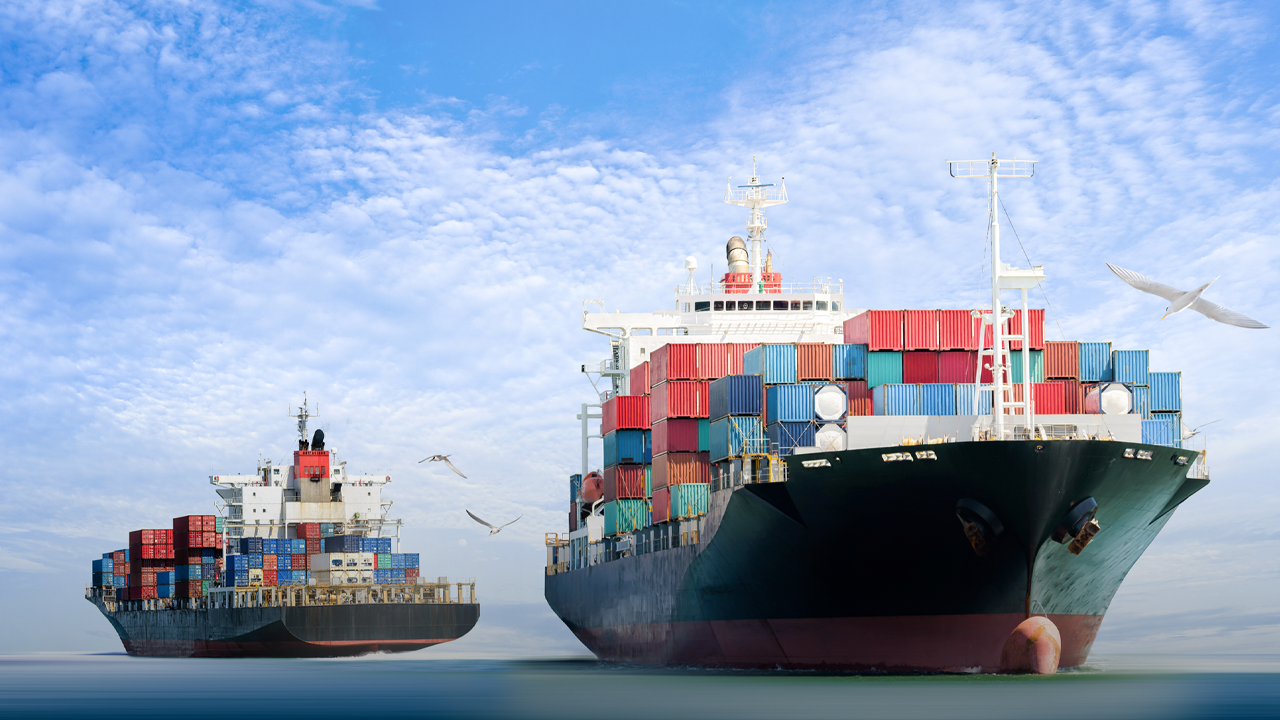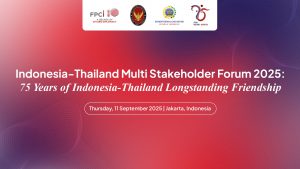RCEP: What’s Inside the Agreement and Will It Change the Region’s Economic Future?
After almost a decade in the making, the world’s largest free-trade bloc has finally been finalized in the direst of times. As the world faces an economic recession, RCEP delivers new hopes for its signatories to rebuild better, and most importantly, bounce back stronger in overcoming the threats posed by the pandemic. Bringing together major players of Southeast Asia, Asia Pacific, and Oceania, the signing of this historic pact indicates that countries are searching for hope in surviving the pandemic through multilateralism.
The Regional Comprehensive Economic Partnership (RCEP) was initiated in the 19th ASEAN Summit in 2011 by Indonesia with the goal of consolidating previous FTAs between ASEAN Member states and its trading partners. As with the development of the negotiation, RCEP also covers tariff reduction, the unification of Rules-of-Origin (ROO), provisions on intellectual property, and more. The agreement also includes China, Korea, Japan, Australia, and New Zealand as part of the economic pact members. With RCEP signed on 15 November, the pact is the largest economic agreement that represents 30% of the world’s population and 29% of the world’s GDP.
While this opportunity sparks optimism between the members, several concerns and skepticism also arise. The question of “who benefits most from this agreement?” remains as a ground for many to act cautiously. On Thursday, 3 December 2020, Foreign Policy Community of Indonesia (FPCI) held a public forum titled “RCEP: What is Inside the Agreement and Will It Change the Region’s Economic Future?” featuring Mr. Iman Pambagyo, Chairman of RCEP Trade Negotiation Committee, ASEAN Coordinator for RCEP Negotiation, and Director General for International Trade Negotiations at the Ministry of Trade of the Republic of Indonesia. This forum was moderated by Dr. Dino Patti Djalal, Founder of FPCI.





